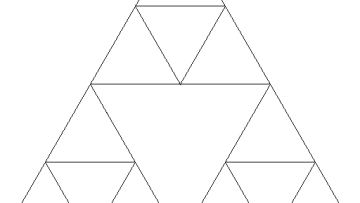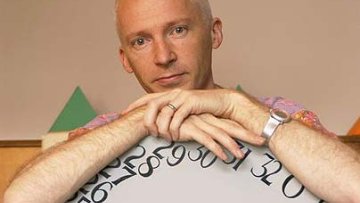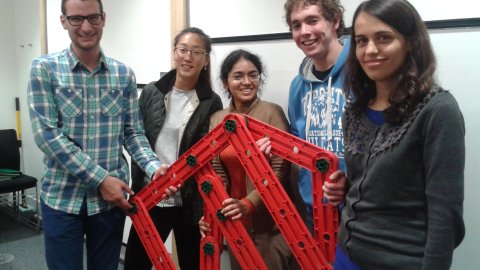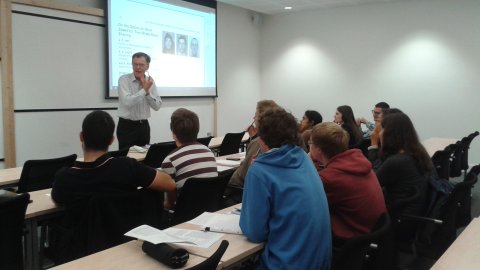11:00
Convergence properties in Stone spaces
Abstract
In this talk, I will introduce an internal, structural
characterisation of certain convergence properties (Fréchet-Urysohn, or
more generally, radiality) and apply this structure to understand when
Stone spaces have these properties. This work can be generalised to
certain Zariski topologies and perhaps to larger classes of spaces
obtained from other structures.
In two radio programmes next week Oxford Mathematics' Whitehead Lecturer Vicky Neale will discuss beauty. In the first Vicky, together with historian of science Simon Schaffer and philosophers Barry Smith and Angie Hobbs, examine the mathematics and morality of beauty together with its evolutionary origins and benefits.
On sparse representations for piecewise smooth signals
Abstract
It is well known that piecewise smooth signals are approximately sparse in a wavelet basis. However, other sparse representations are possible, such as the discrete gradient basis. It turns out that signals drawn from a random piecewise constant model have sparser representations in the discrete gradient basis than in Haar wavelets (with high probability). I will talk about this result and its implications, and also show some numerical experiments in which the use of the gradient basis improves compressive signal reconstruction.
12:30
The Banach-Tarski paradox
Abstract
The Banach-Tarski paradox is a celebrated result showing that, using the axiom of choice, it is possible to deconstruct a ball into finitely many pieces that may be rearranged to build two copies of that ball. In this seminar we will sketch the proof of the paradox trying to emphasize the key ideas.
Marcus Du Sautoy, Simonyi Professor for the Public Understanding of Science in Oxford, will be in Bangladesh to give three presentations to the fourth Hay Festival in Dhaka, 22-24 November 2014.
Workshop with BP Environmental - BP Upstream Environmental Technology challenges
Abstract
Topics:
1) Marine Acoustics;
2) Air and water quality discharge and emission modelling;
3) Geospatial mapping, remote sensing and ecosystem services.





